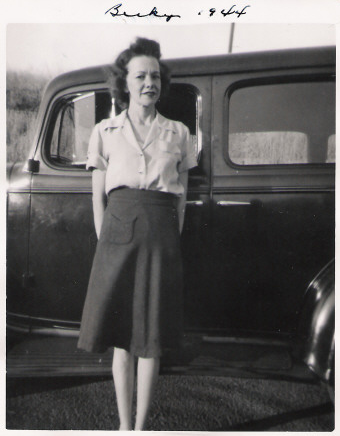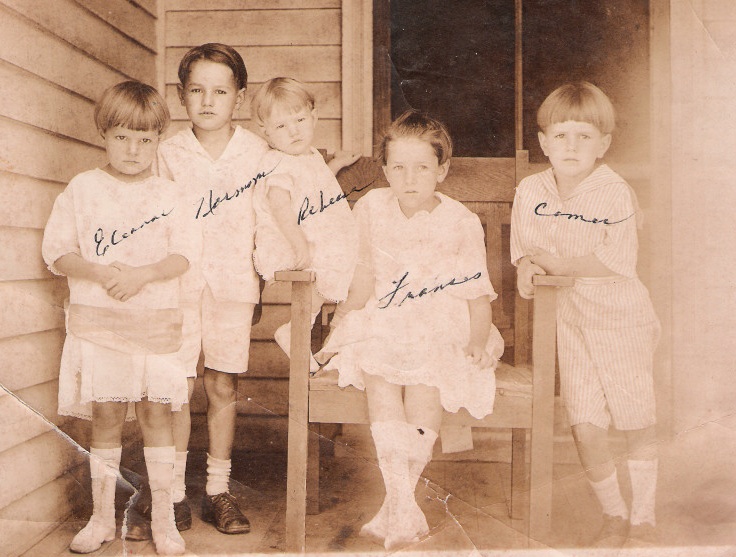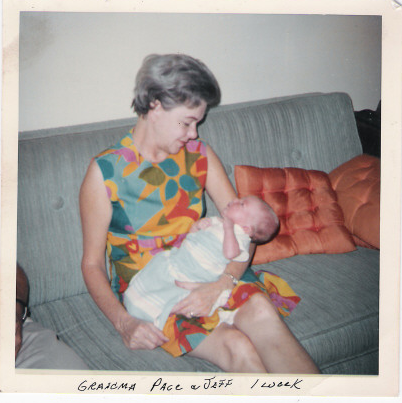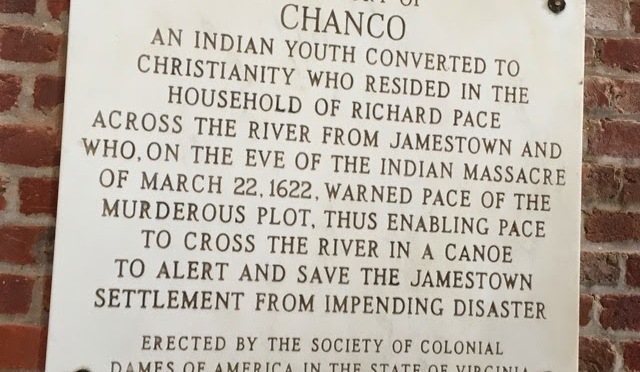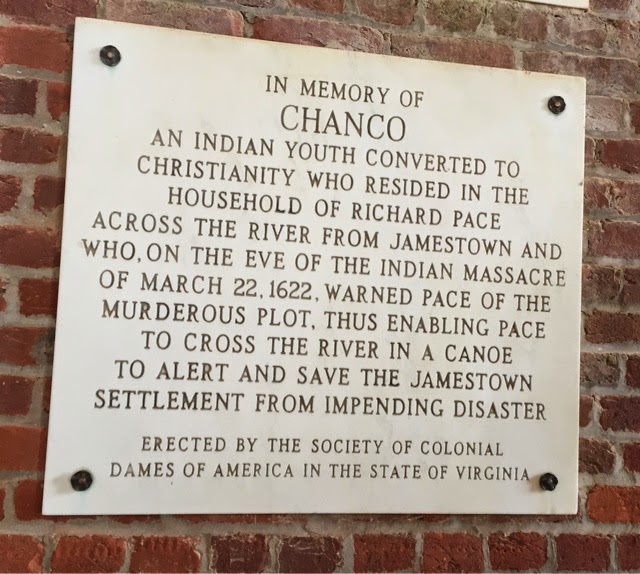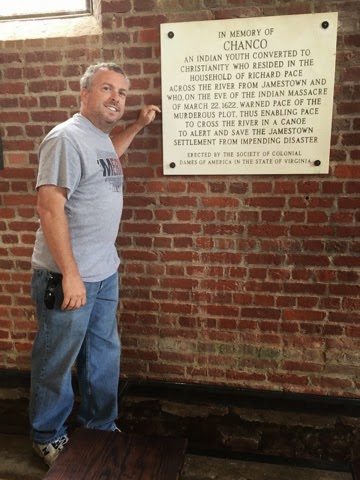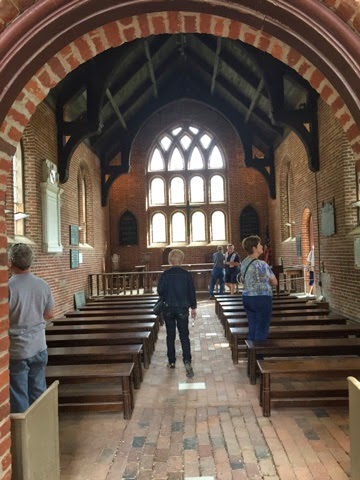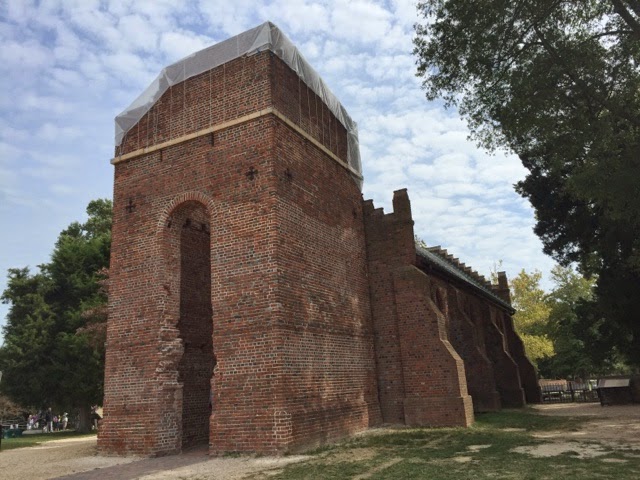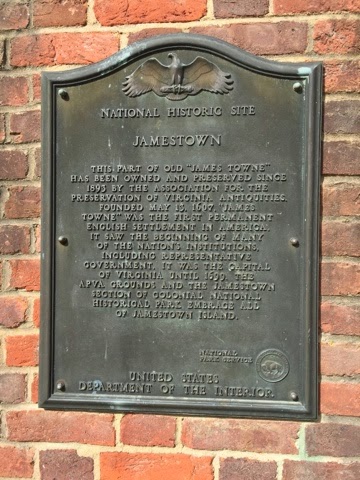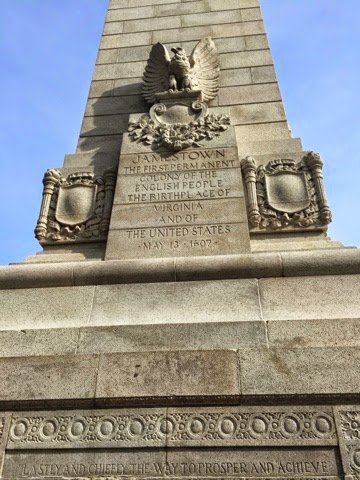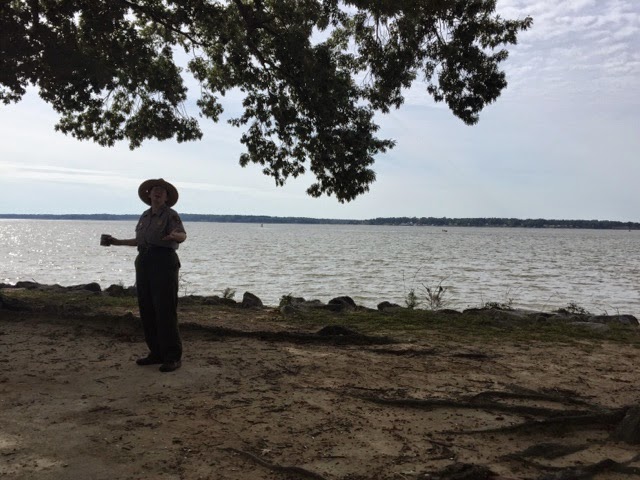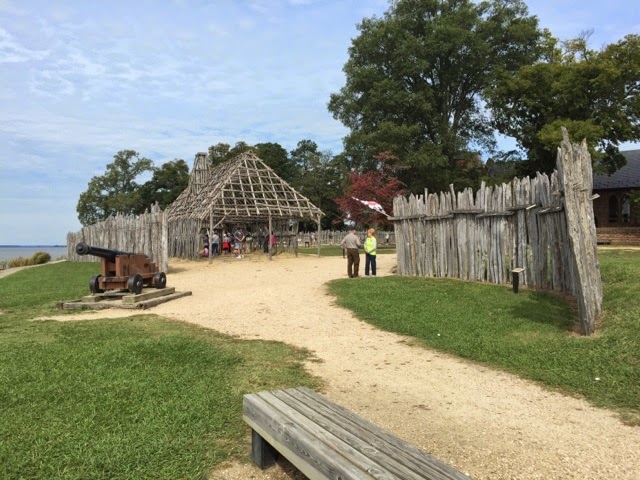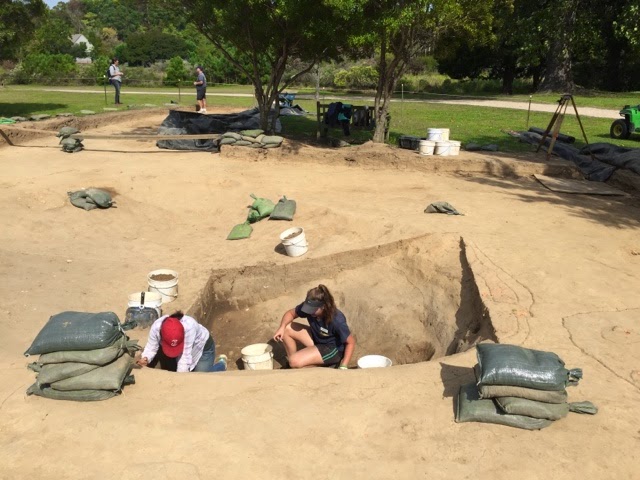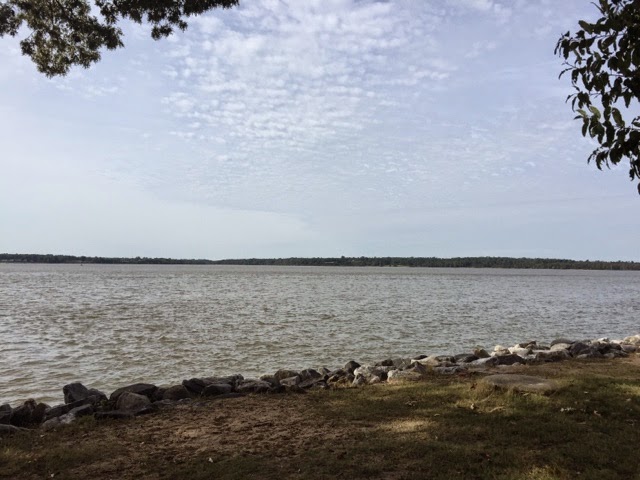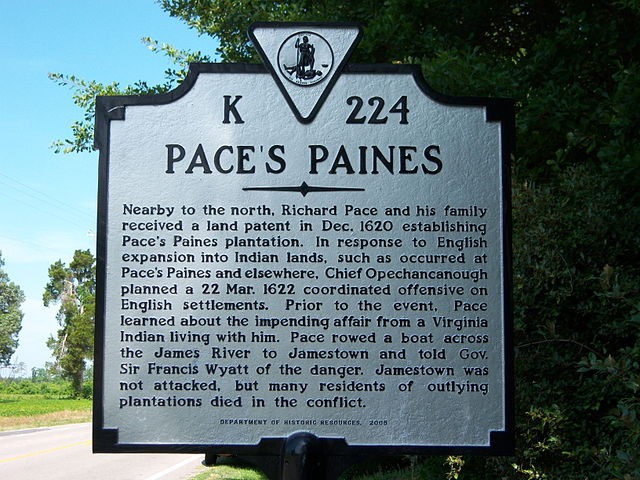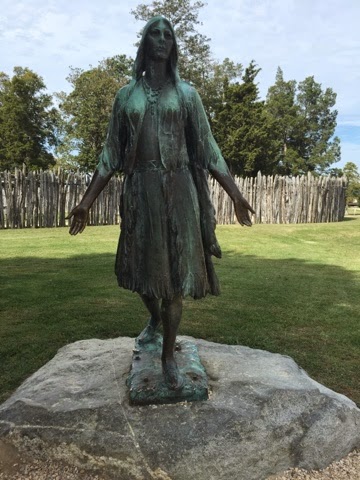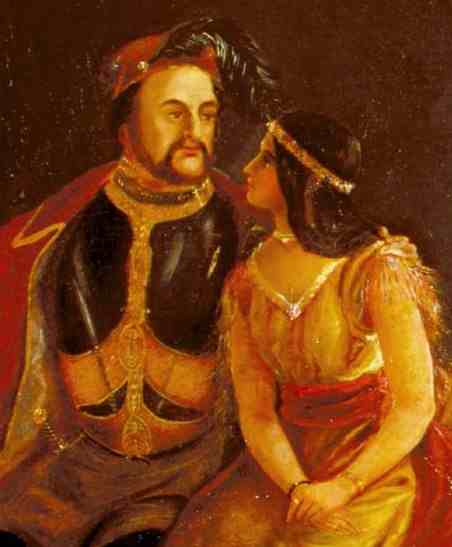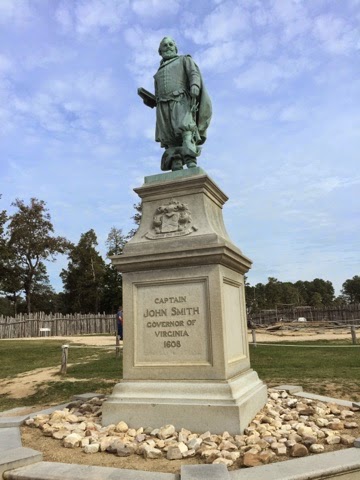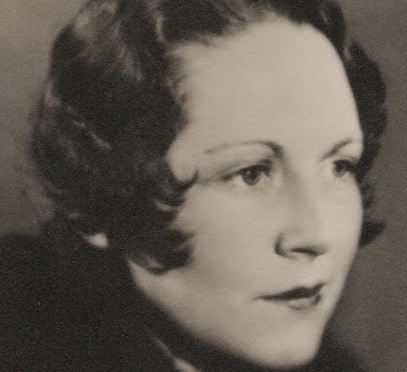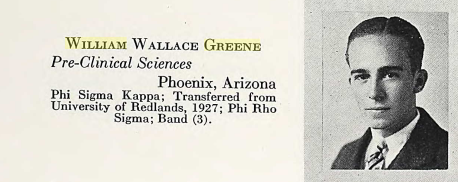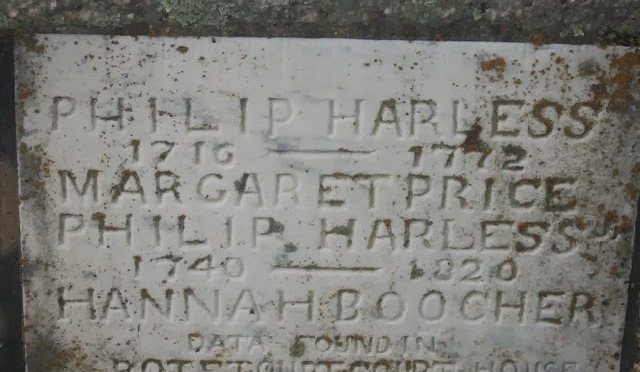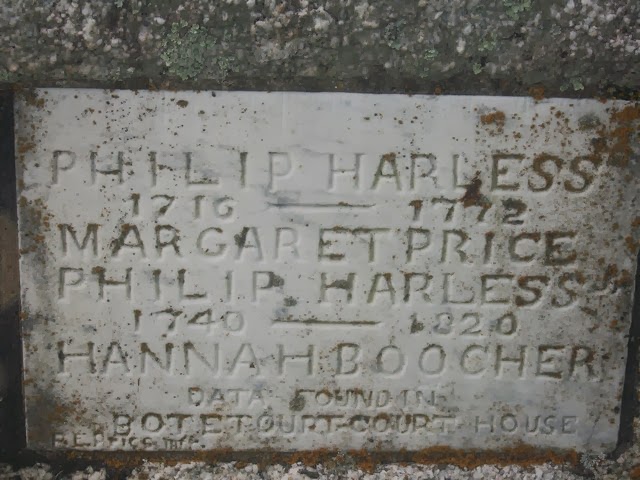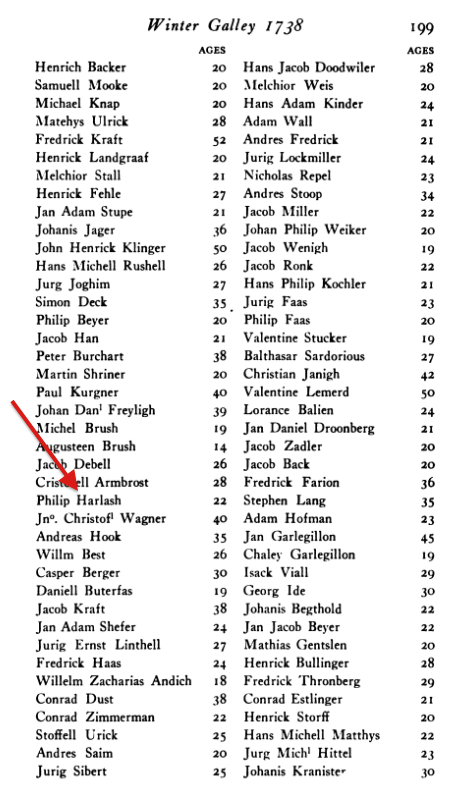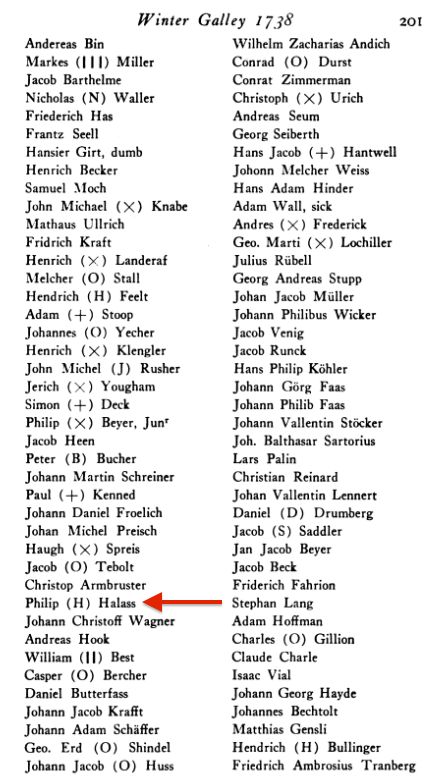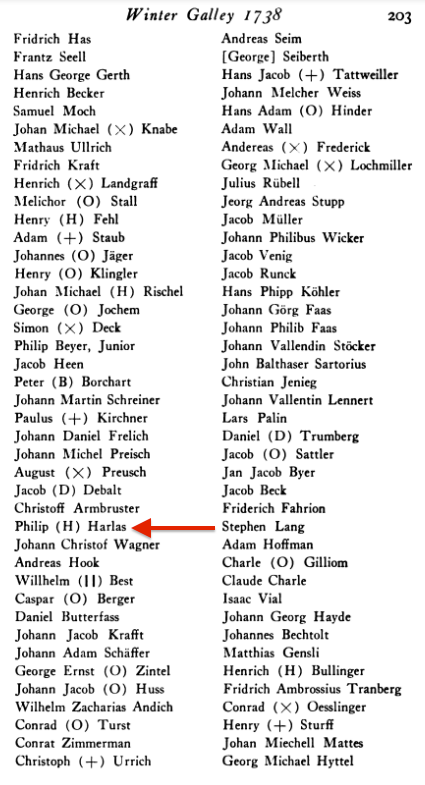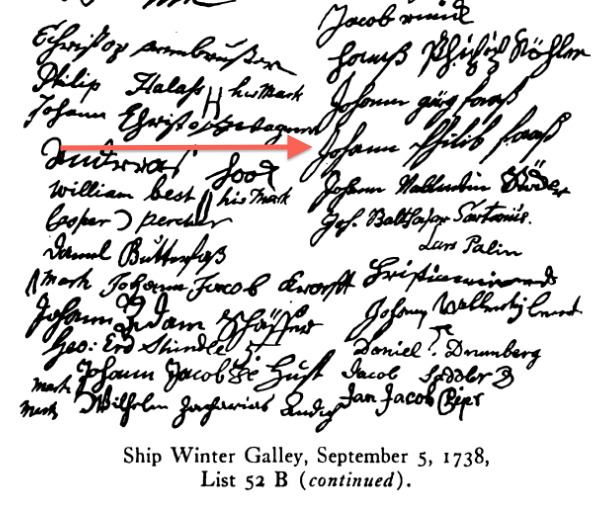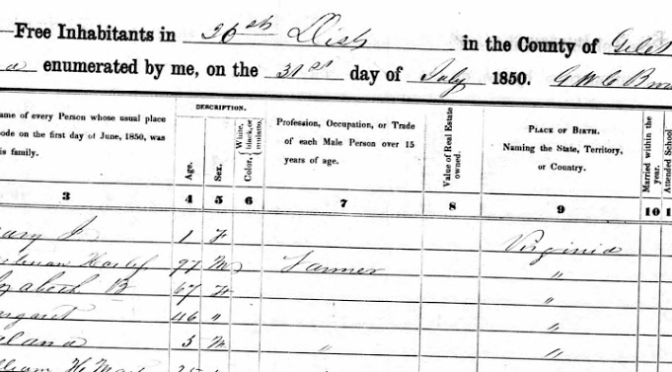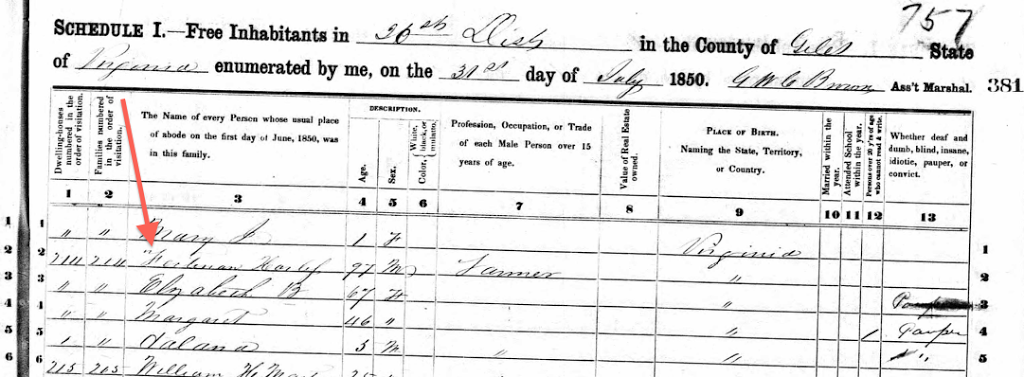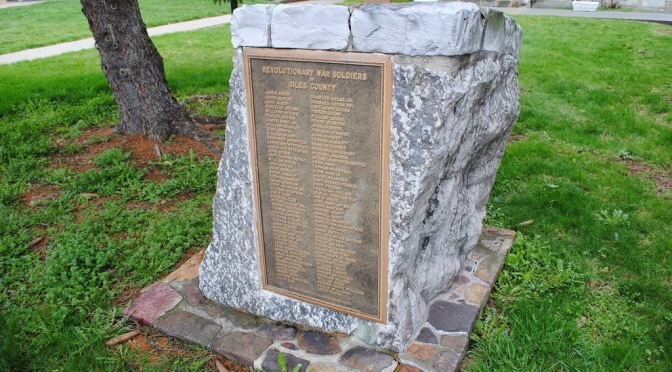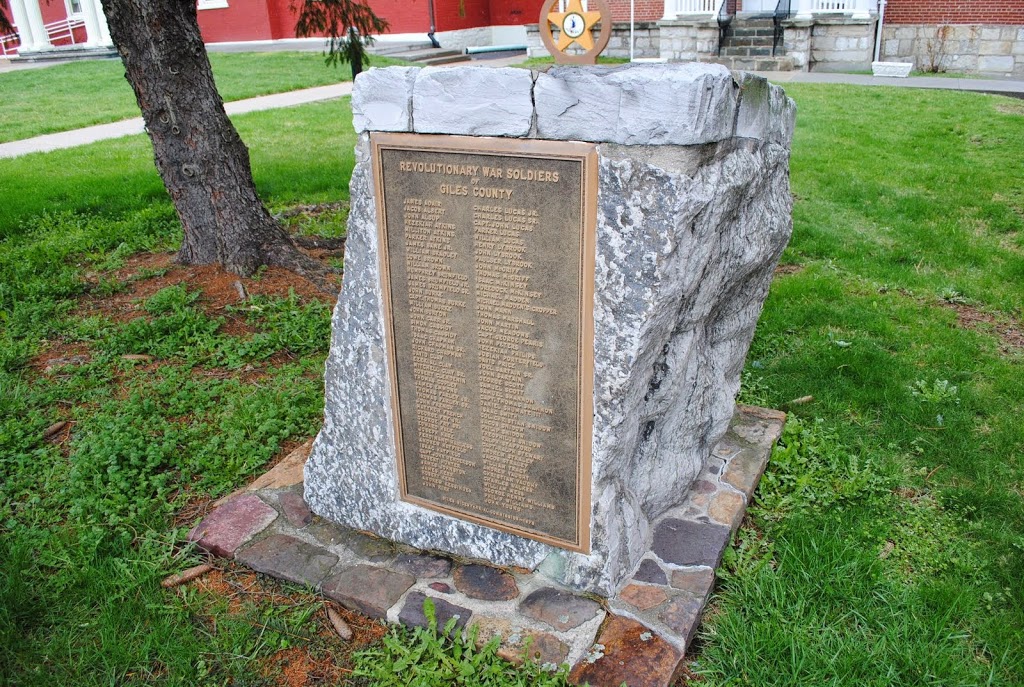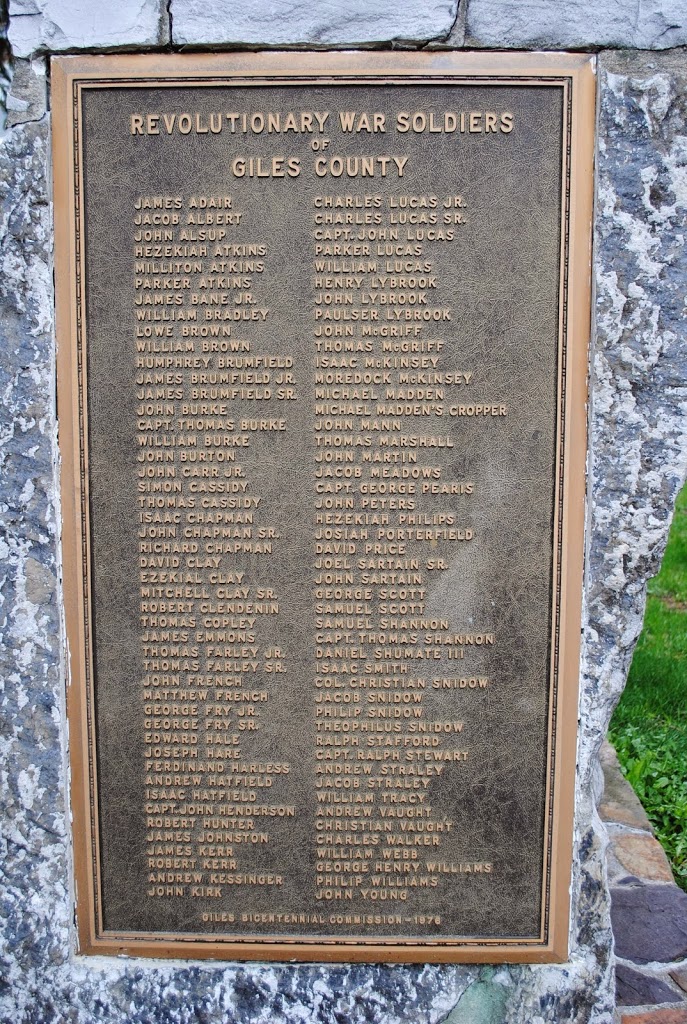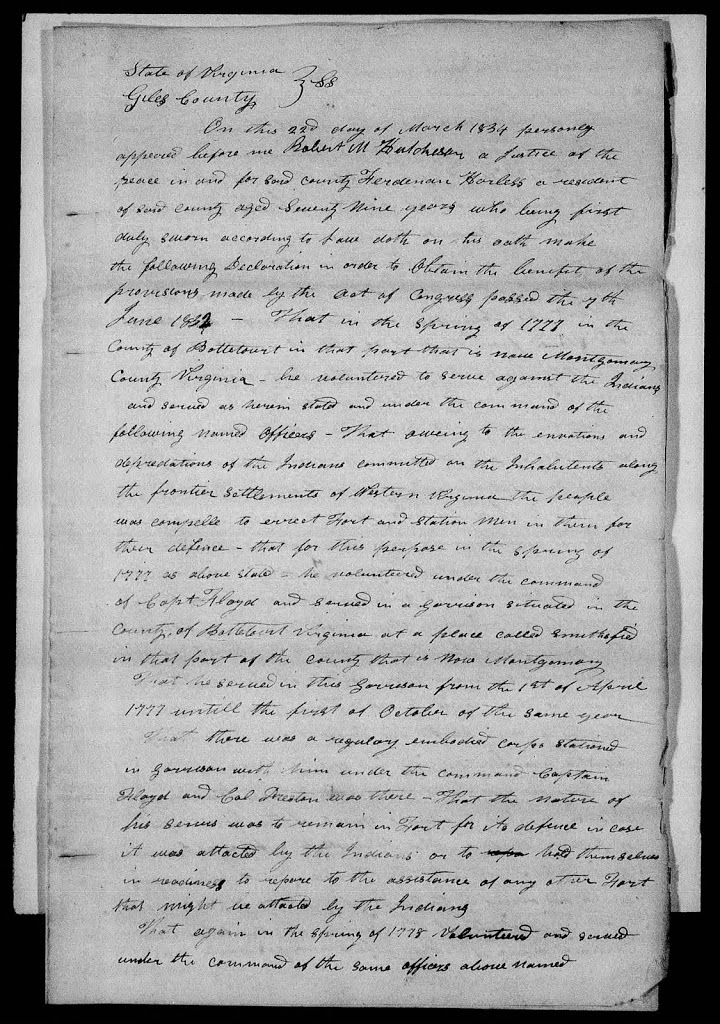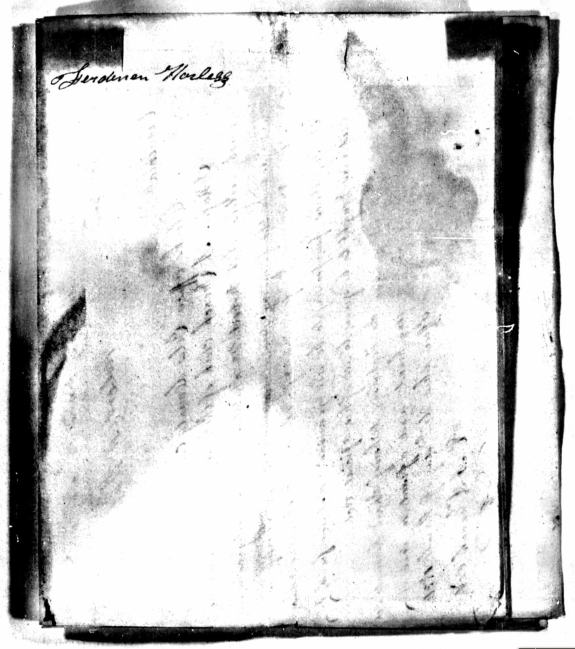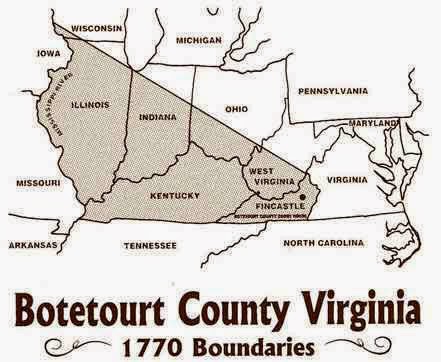My 27th entry in Amy Johnson Crow’s “52 Ancestors in 52 Weeks” family history blogging challenge.
The challenge: have one blog post each week devoted to a specific ancestor. It could be a story, a biography, a photograph, an outline of a research problem — anything that focuses on one ancestor.
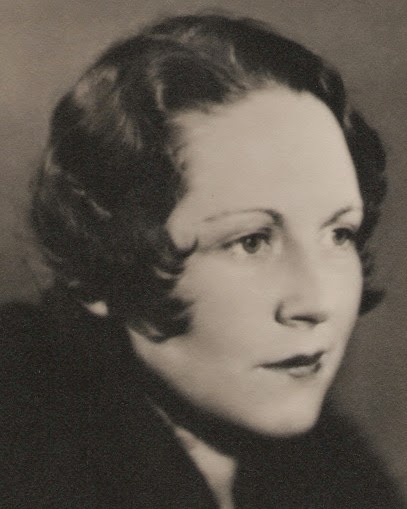 |
| The flapper hairstyle dates this in the 1920s. |
My 27th ancestor is my husband’s grandmother Jean Alice HARLESS (1912-2011). We just took a vacation to visit some of her family history spots, so I thought it appropriate to profile a bit more of Grandmother’s life.
Birth
Jean was born to Leonard William HARLESS (1890-1957) and Hester Kathleen McNAMARA (1887-1987) on 25 June 1912 in the tiny community of Le Grand, Merced County, California. Le Grand is now just a 1.140 square mile census-designated place 14 miles from Merced. According to Wikipedia, the first post office in Le Grand was opened just 12 years before Grandmother’s birth. I have been unable to locate a birth record for Jean, despite days pouring through vital record books at the Family History Library in February.
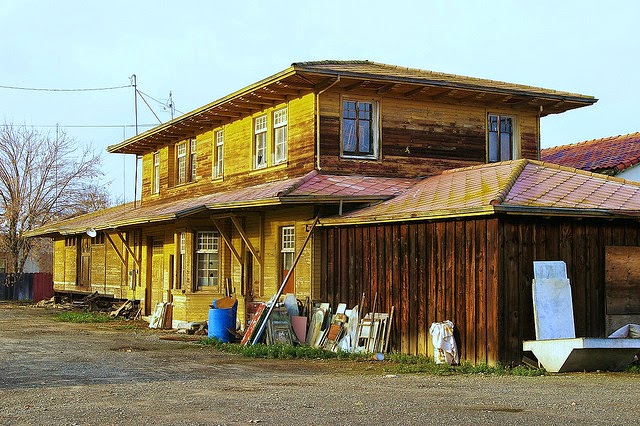 |
| Former Santa Fe station in Le Grand, CA was built by San Francisco & San Joaquin Valley Railroad in 1896. Other than for some roof tiles this old wooden station seems to be pretty much unrestored and is now used for non-railroad storage. Creative Commons photo courtesy of Flickr user Ron Reiring. |
When we met Jean’s daughter for lunch a few months ago (I will refer to her as Aunt Greene, for privacy reasons, since she is still living), Aunt Greene told us about a trip she took years back with Grandmother to Le Grand to find the house where Grandmother was born. It was a long ways out in the middle of nowhere, on a tiny narrow country road that barely warrants being called a road. But the house was still there, and was occupied. Grandmother marched up to the house wanting to see it, explaining who she was, but the current lady of the house wasn’t keen on letting strangers inside.
On our recent vacation to the Central Valley, Jeff and I considered driving out to Le Grand during our visit to nearby Maricopa County. But Aunt Greene was worried that our RV rental wouldn’t be able to handle the narrow country road out to the house where Grandmother was born, and frankly, without a photo or address or general location, Jeff and I acknowledged that — unless we ran into someone who knew where the old Harless home was located — it would be a wild goose chase. We would not even be able to identify the right home. So we’ll save this adventure for another time, after more research.
Childhood
Despite being born in the sticks, Jean’s parents hightailed it out of Le Grand for life in the big city of San Francisco, where Jean and her brother Jack grew up.
I find Jean, at 7 years old, living with her parents, brother, uncle, and a couple of lodgers in San Francisco for the 1920 U.S. Census. She is again counted on the 1930 Census, at 17 years old, still living with her family in San Francisco.
Nursing School and Practice
Jean attended Stanford Nursing School, from which she graduated in 1933. She met her future husband William Wallace Greene (1908-2003), a Stanford medical student, during Wallace’s internship at Lane-Stanford Hospital in San Francisco between 1932-1933.
Grandmother Jean did not attender her nursing school graduation, and she is missing from the Stanford School of Nursing Class of 1933 photo. Her daughter says it is because Jean ditched her graduation to run off and secretly get married, since nursing students (and we think possibly medical students, such as her future husband) were not allowed to be married.
I think it’s really cute and romantic that they snuck off to get married, and couldn’t hold off on marriage until Wallace finished medical school. For proprietary sake, I will say that it was not THAT kind of a rushed wedding :-). Both were proper young adults.
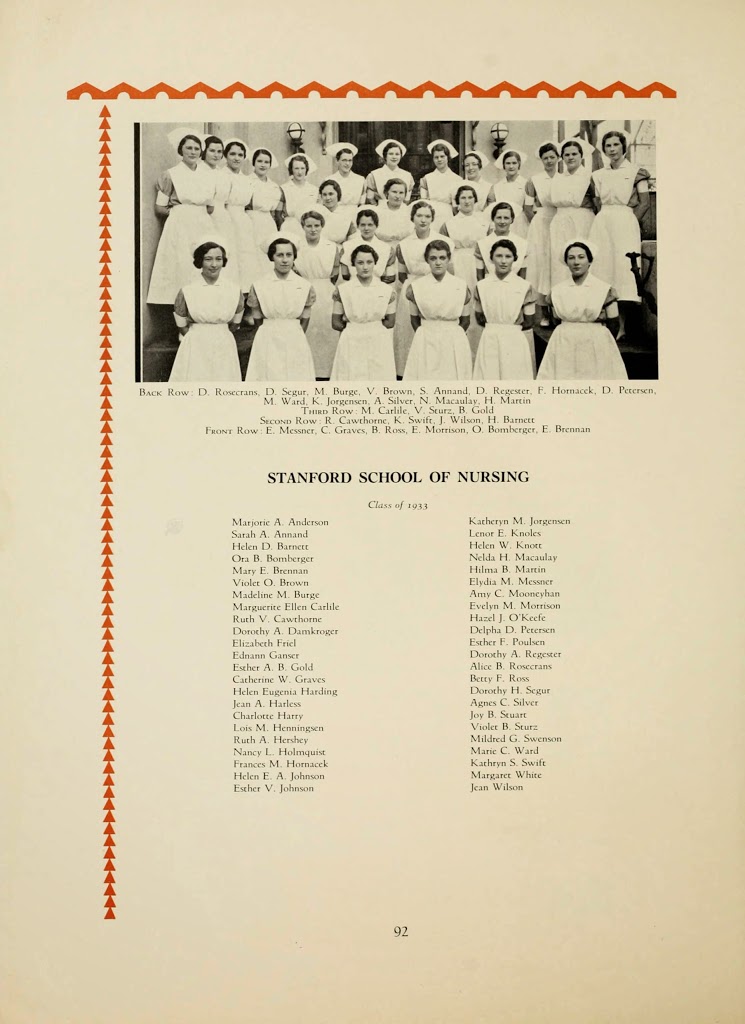 |
| Jean’s graduating nursing school class, from the Stanford School of Nursing. She is listed as part of the graduating class, but is not present in the photo. Photo courtesy of Ancestry.com |
Grandmother Jean practiced nursing throughout her life — often alongside her doctor husband — until she and Wallace retired and settled in Oregon.
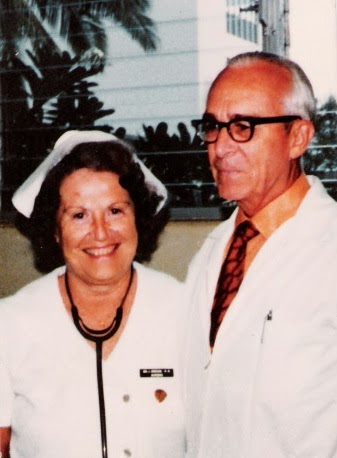 |
| My husband thinks this photo is from when his grandparents were practicing medicine in Hawaii. |
Marriage and Family
Jean married William Wallace Greene (1908-2003) on 18 May 1933 in Maricopa County, Arizona, where her husband’s family lived. This was the same year that Wallace was awarded his M.D., and Jean graduated from nursing school.
Aunt Greene tells us that the young couple didn’t have any money since they were both still in college. So they drove to Arizona for a weekend with Jean’s parents, got married, stayed with Wallace’s parents, and then drove back home in time for Wallace to make his shift. Not exactly an ideal honeymoon!
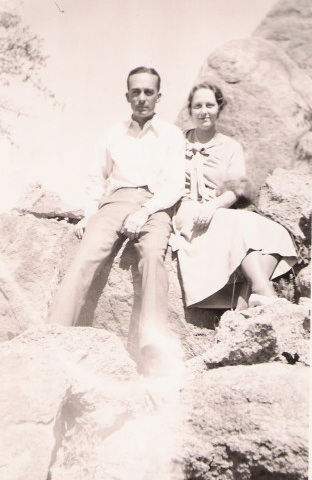 |
| Aunt Greene says this photo is from her parents’ “honeymoon” in Arizona. |
Wallace and Jean had two children together, who shall remain unidentified by name for privacy reasons. They also have five grandchildren, and eight grandchildren.
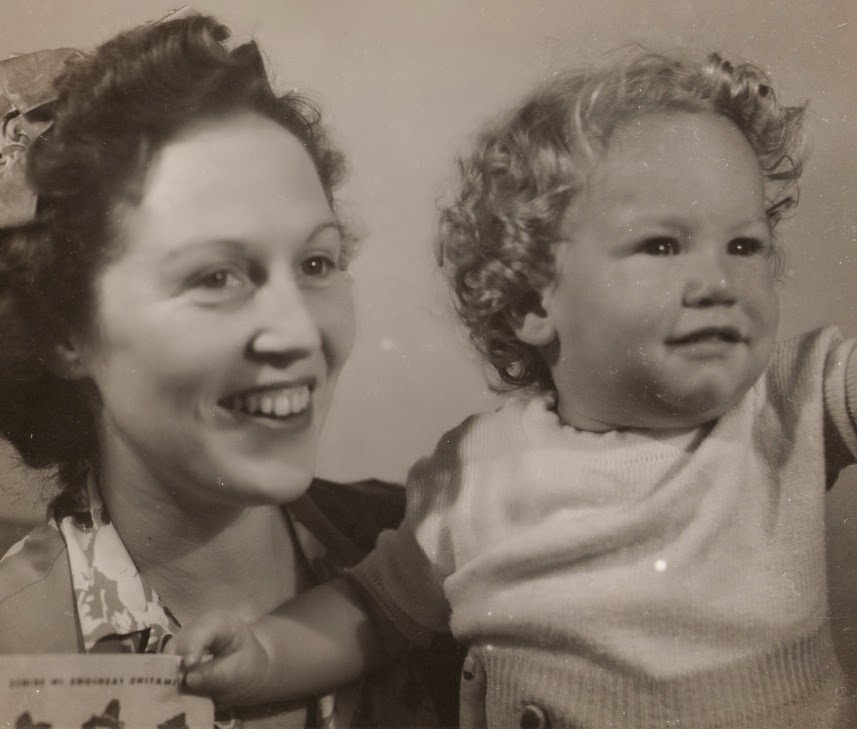 |
| Jean and her son, my father-in-law. |
 |
| Jean (pink dress) and Wallace with their five grandchildren. I am not sure of the identify of the other woman. |
Later Years and Death
After Jean’s husband passed away in 2003, she continued to live in Oregon near her daughter.
I was fortunate to have met Grandmother Greene once, during our first summer vacation together as a new family in June 2010. Jeff, the kids, our beagle Holly, and I took a big road trip up the Sierras and across Oregon to visit Grandmother for her 98th birthday. I am so glad we did this, because Jean passed away that next year, one month shy of her 99th birthday.
Jean certainly led a very full long life. She was a spitfire to the very end! I love listening to my husband, his cousins, his dad, and his aunt laugh and share stories about this strong feisty woman who was still capable of outsmarting them all at 98 years old.
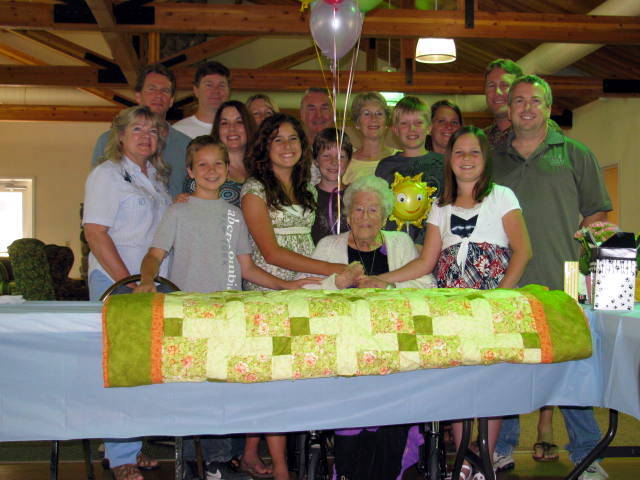 |
| Grandmother with her grandchildren, grandchildren-in-law, and her great grandchildren. June 2010, celebrating her 98th birthday with the quilt that my stepdaughter Kellie (1st row, third from the left) and I (just behind Kellie) made. |
